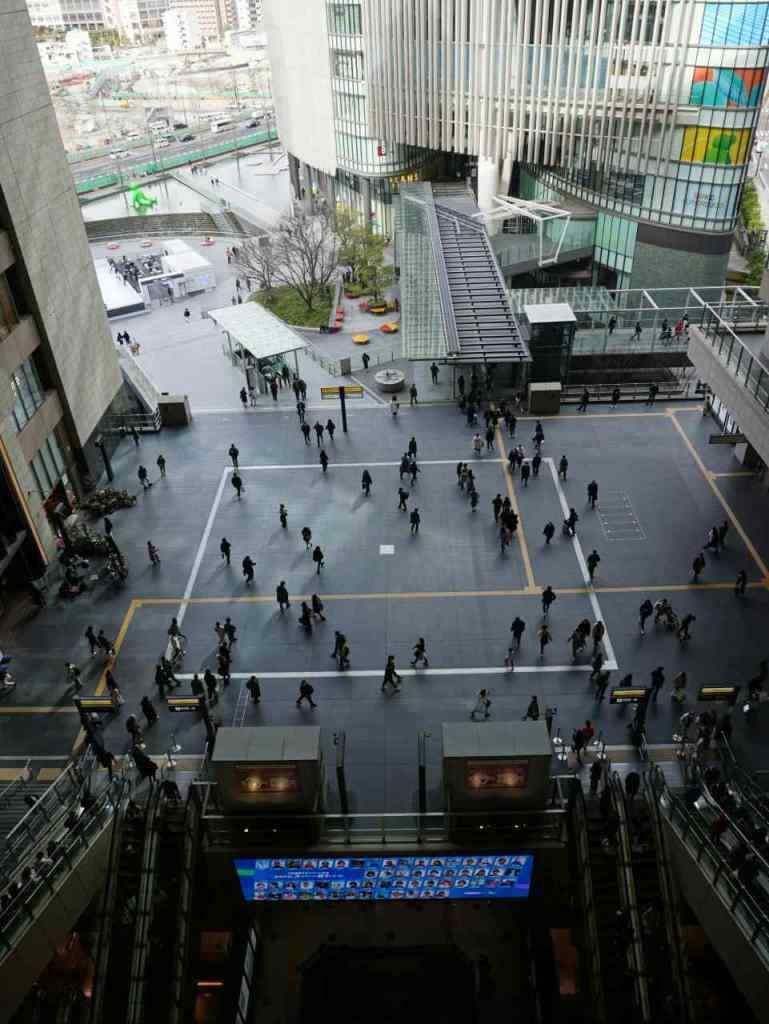Japan’s Economic Decline: Concerns Over Global Standing
Japan, once an economic powerhouse, now faces concerns over its global standing as its economy continues to lag behind its peers. With China and Germany surpassing Japan in GDP, and India projected to do the same in 2025, Japan finds itself at a crossroads.
Factors Contributing to Japan’s Decline
The International Monetary Fund (IMF) estimates India’s GDP will reach $4.34 trillion in 2025, while Japan’s is projected at $4.31 trillion. Japan also slipped behind Germany in GDP in 2023, adding to concerns about its economic trajectory. China’s rise has been particularly notable, having replaced Japan as the world’s second-largest economy in 2010.
Several factors have contributed to Japan’s economic decline. Abenomics, a series of economic policies aimed at boosting growth through monetary easing and fiscal stimulus, has fallen short of its goals. Structural reforms, which could improve productivity, have also been slow to materialize. Resistance to change and an aging population have further hindered digitalization and innovation.
External Factors Impacting Japan’s Economy
External factors have also played a role in Japan’s economic challenges. The COVID-19 pandemic and the Russia-Ukraine war have had significant effects, disrupting global trade and supply chains. The OECD forecasts Japan’s growth at 0.5% in 2023, significantly lower than many other developed economies.
Japan’s Economic Decline: Concerns Over Global Standing
VII. Cautious Optimism for Japan’s Future
Despite the challenges, there are reasons for cautious optimism about Japan’s economic future. The government is implementing reforms to improve corporate governance and increase labor participation. Wage increases and investments in human capital are also signs of progress. Japan aims to conquer deflation and boost potential growth, and these measures could lead to a brighter economic outlook.
Reforms and Progress
Japan has taken steps to address some of the structural issues that have hindered its growth. These reforms include increasing the participation of women and the elderly in the workforce, promoting innovation, and improving corporate governance. The government is also investing in infrastructure and education to boost productivity and human capital.
Wage Growth and Human Capital
Wage increases and investments in human capital are also positive signs for Japan’s economy. Wage growth has been slow in recent years, but there are signs that it is picking up. The government is also investing in education and training programs to improve the skills of the Japanese workforce.
Conquering Deflation and Boosting Growth
Japan has been struggling with deflation for many years. Deflation occurs when prices fall over time, which can lead to a decrease in economic activity. The government is implementing policies to conquer deflation and boost growth, such as quantitative easing and fiscal stimulus. These policies aim to increase the money supply and stimulate demand, leading to higher inflation and economic growth.
Conclusion
Japan’s economic decline is a complex issue with multiple contributing factors. The government is implementing reforms to address these issues and boost growth. While there are challenges ahead, there are also reasons for cautious optimism about Japan’s economic future. With the right policies and reforms, Japan can regain its status as a global economic powerhouse.
